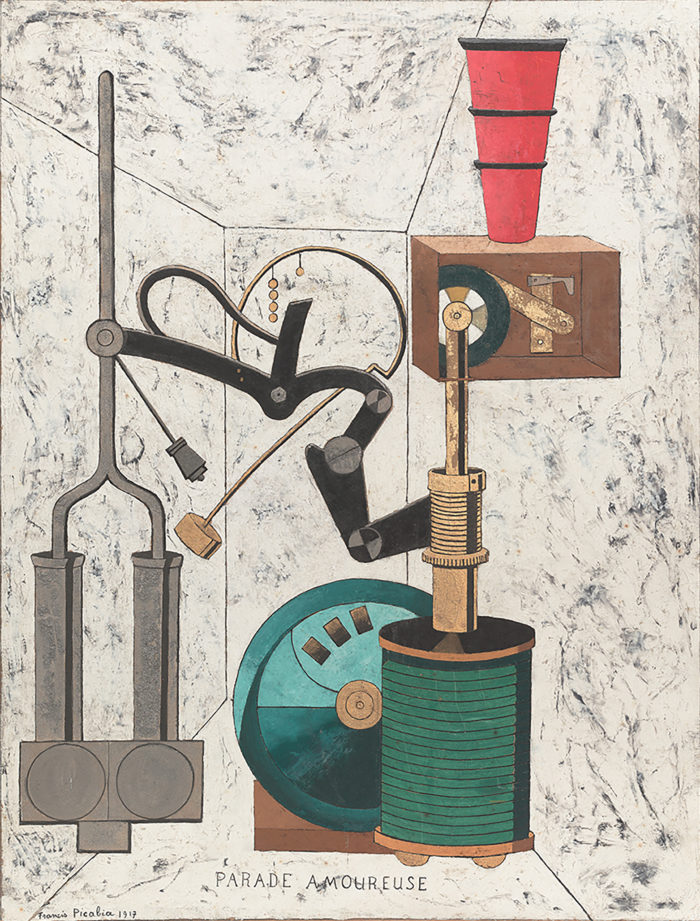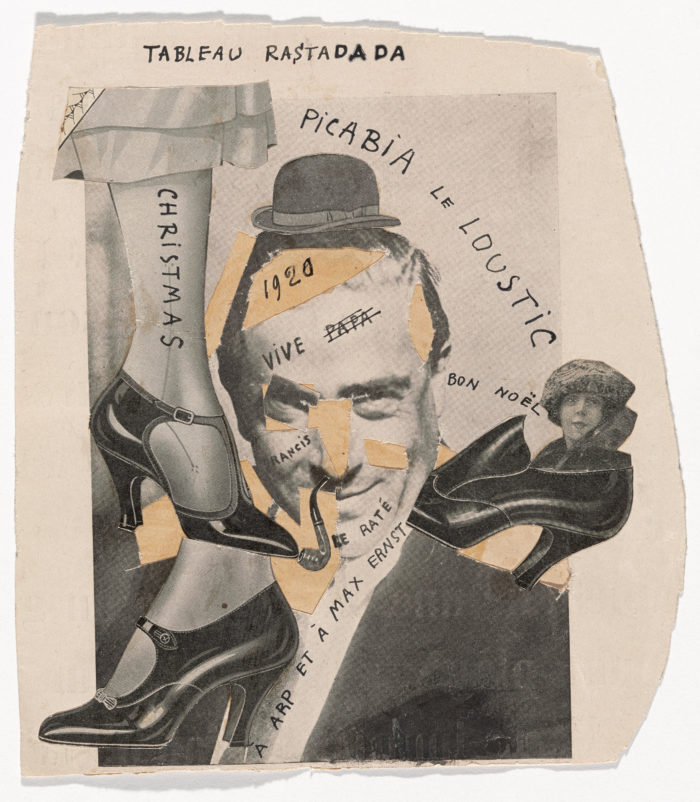![Picabia’s <em>Optophone [I]</em>, 1922.](https://sistaticv2.blob.core.windows.net/cultured-mag/img/2016/11/moma_picabia__optophonei-32o6vqo92rovpibbew1jb4.jpg)
A leading light of the Dada movement, the radical French artist Francis Picabia also made works in various styles including Impressionism, Cubism and Abstraction during his lifetime (1879-1953), while visually anticipating the Pop, Conceptual and Postmodern art movements of the latter half of the 20th century.
Praised as an artist’s artist, Picabia enjoyed a remarkable 50-year career that is currently being celebrated in the first comprehensive American retrospective of his diverse body of work at New York’s Museum of Modern Art.
“It has taken, at least in the United States, up to this 21st century moment for us to be ready to look at Francis Picabia in total, in all of the various ways that he doesn’t add up,” says MoMA curator and exhibition co-organizer Anne Umland. “His work makes us think about the possibilities of modern art differently, in an open-ended, non-binary way.”
The exhibition, “Francis Picabia: Our Heads Are Round So Our Thoughts Can Change Direction,” shows the pluralistic practitioner at his shapeshifting best. It features 125 seminal paintings and 45 important works on paper, a motion picture that he made with French film director René Clair, and numerous examples of his contributions to avant-garde publications as an artist, poet, editor and publisher.

A French artist with Cuban-Spanish roots, Picabia was born wealthy and remained well-off throughout his life. He showed a talent for art at an early age, amusingly telling a journalist in the 1920s, “When I was young, I copied the paintings owned by my father. I sold the original works and replaced them with the copies. When no one had noticed, I discovered my vocation.”
A painter working in the age of photography, Picabia’s Impressionist canvases were reportedly based on reproductions rather than being painted en plein air, as Impressionists traditionally did at the time. Throughout his career, he frequently utilized postcards and pulp imagery as source materials for his paintings, which established him as a forefather to the Appropriation Art movement of the 1980s.
He was also one of the early proponents of Abstraction, making his initial abstract canvas around 1909 and notably showing abstractions at the legendary Armory Show in New York in 1913. He presented a few newer, larger-scale works at the Salon d’Automne in Paris later that year. Unfortunately, critics in both cities notoriously mocked his work.
Several of his dynamic abstract paintings are featured in the show, including the Art Institute of Chicago’s Edtaonisl (Ecclesiastic) and the Centre Pompidou’s Udnie (Young American Girl; Dance), both painted in Paris in 1913. Also on display are his thickly painted, post-World War II abstractions that are rarely exhibited outside of Europe.

Highlights from his Dadaist period include the 1920 collage Tableau Rastadada from MoMA’s collection and the Centre Pompidou’s 1921 mixed-media canvas The Cacodylic Eye, which was initiated by Picabia while recouping from an eye infection (visiting friends added their own signatures throughout his recovery). Arranged in chronological order, the show finishes off with Picabia’s late abstractions, which he made upon his return to Paris after the second war.
“Marcel Duchamp once described Picabia’s career as a kaleidoscopic series of art events united by a strong personality, and I want to put that kaleidoscope out there,” Umland says. “The experience of viewing the show should be like meeting a different artist in every room. In order to truly appreciate his genius, you have to see Picabia in his entirety.”




